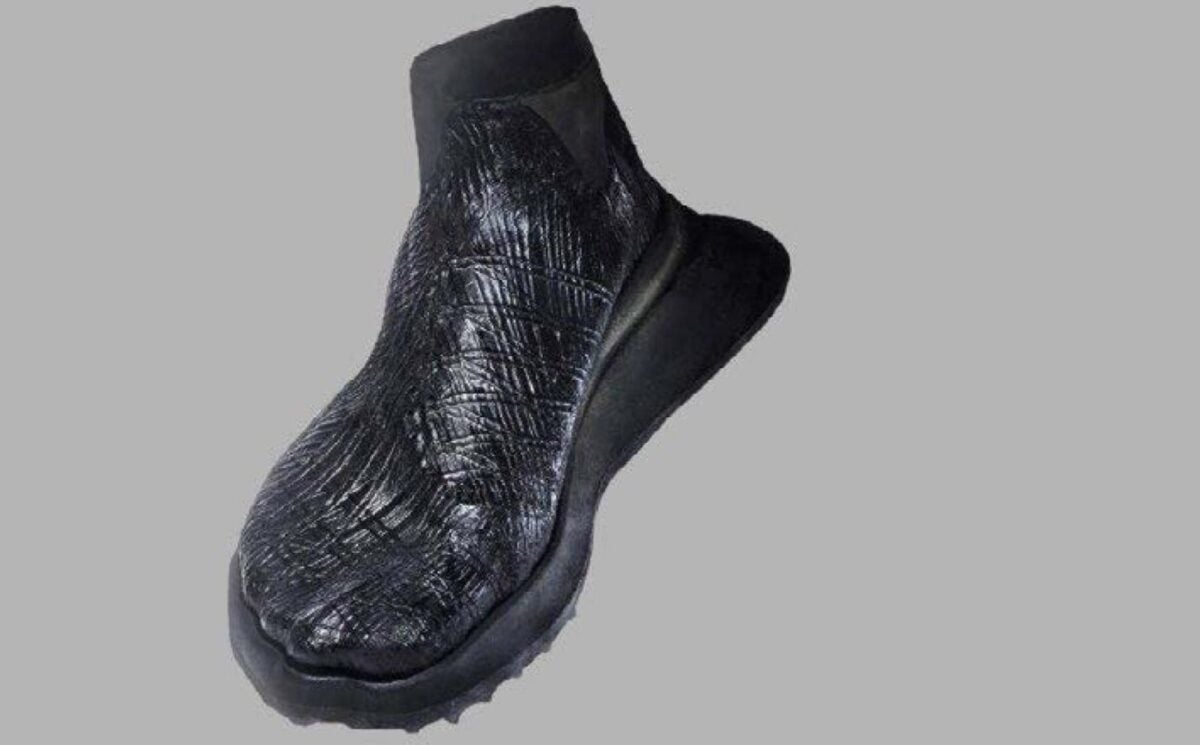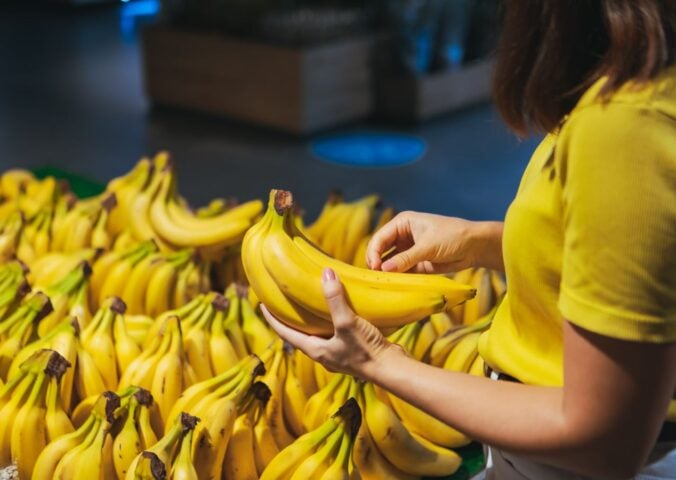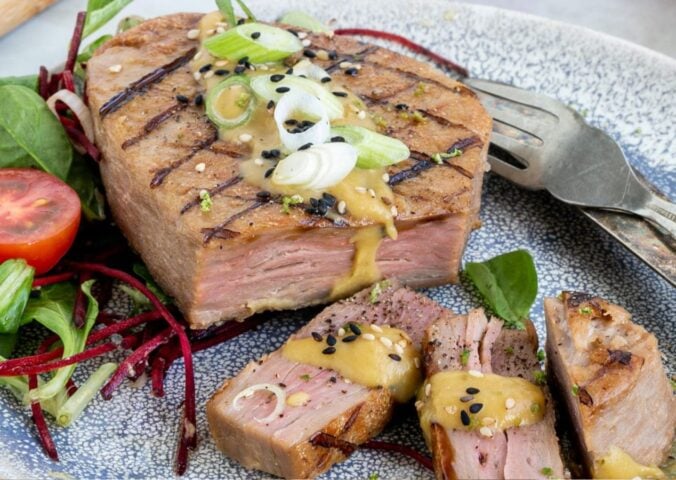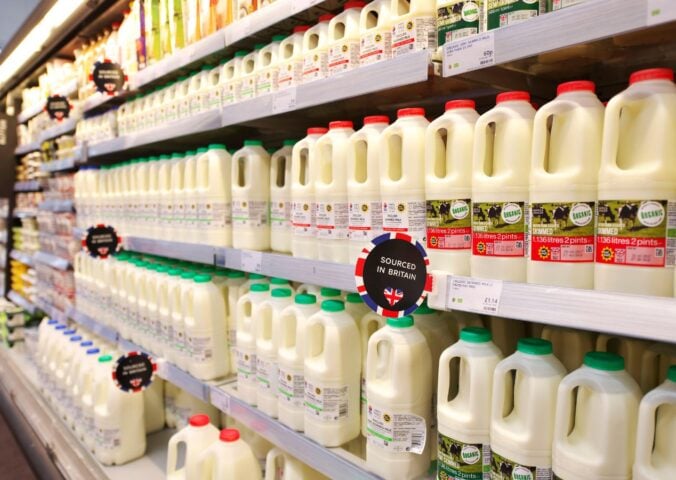Leather can be made from increasingly unusual materials. Cactuses, cork, and mushrooms have all been turned into alternatives for cow skins. Now in the latest and strangest development, vegan plastic-free leather can be grown from bacteria – which can also create its own color.
Read more: ‘Sheer Nonsense’: Stella McCartney On Why Leather Is Not A Byproduct
Researchers at Imperial College London have created a shoe from a genetically engineered bacteria species. The bacteria produces sheets of microbial cellulose, a strong, flexible material already used in food, cosmetics, and textiles.
The scientists worked with designers to grow a sheet of bacterial cellulose in a specially made shoe-shaped vessel over a two week period. The shoe then spent two days being gentle shaken at a temperature of 30°C. This activated the bacteria to produce black pigment, dyeing the material from the inside.
“Bacterial cellulose is inherently vegan, and its growth requires a tiny fraction of the carbon emissions, water, land use and time of farming cows for leather,” lead author Professor Tom Ellis said in a statement. “Unlike plastic-based leather alternatives, bacterial cellulose can also be made without petrochemicals, and will biodegrade safely and non-toxically in the environment.”
Making leather non-toxic
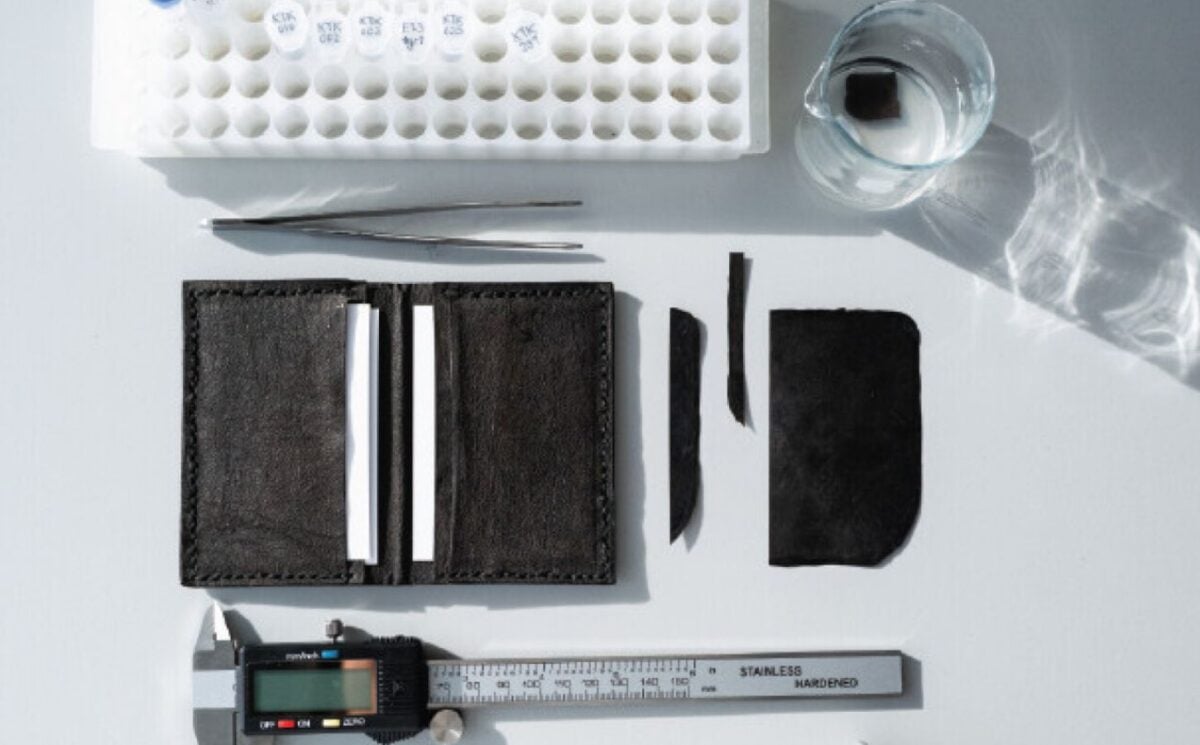
The self-pigmenting bacteria could solve one of the most toxic problems in fashion. Dyeing and finishing textile products accounts for about 20 percent of the pollution of clean water. Leather production and dyeing is particularly harmful, requiring significant amounts of toxic chemicals.
Read more: Billie Eilish Promotes Gucci’s New Vegan Leather Bag
The Imperial College scientists modified the bacteria to produce the dark black pigment, eumelanin. But designers who might use it in future won’t be limited to black leather products.
The bacteria can be further engineered using genes from other microbes to produce other colors.
The researchers showed that they can project a pattern or logo onto the cellulose sheets using blue light. This makes the bacteria produce colored proteins which then glow. This means that designs can be projected onto the bacterial cultures as the leather grows. They then form within the material and don’t need to be added after.
“Our technique works at large enough scales to create real-life products, as shown by our prototypes,” study co-author Dr Kenneth Walker said in a statement. “From here, we can consider aesthetics as well as alternative shapes, patterns, textiles, and colours.”
The researchers and design collaborators have just received £2 million in UK Research Council funding. They will use it to solve more of fashion’s toxic problems with bacterial cellulose.
